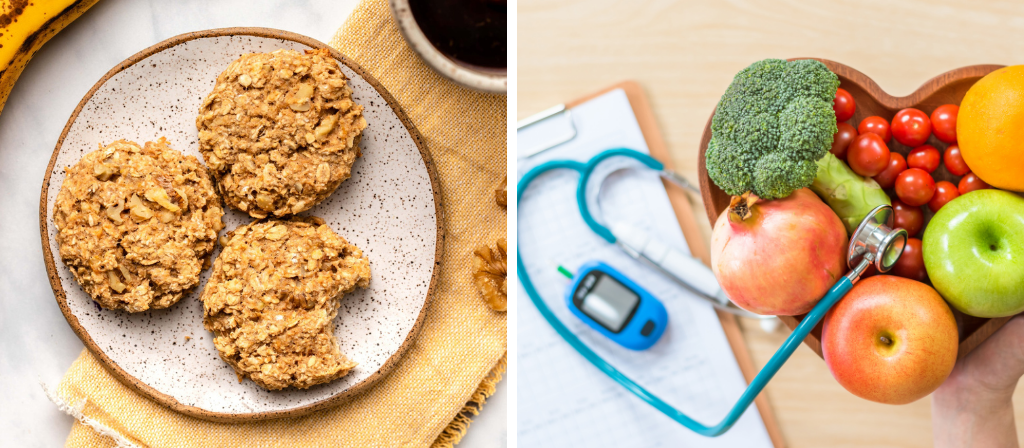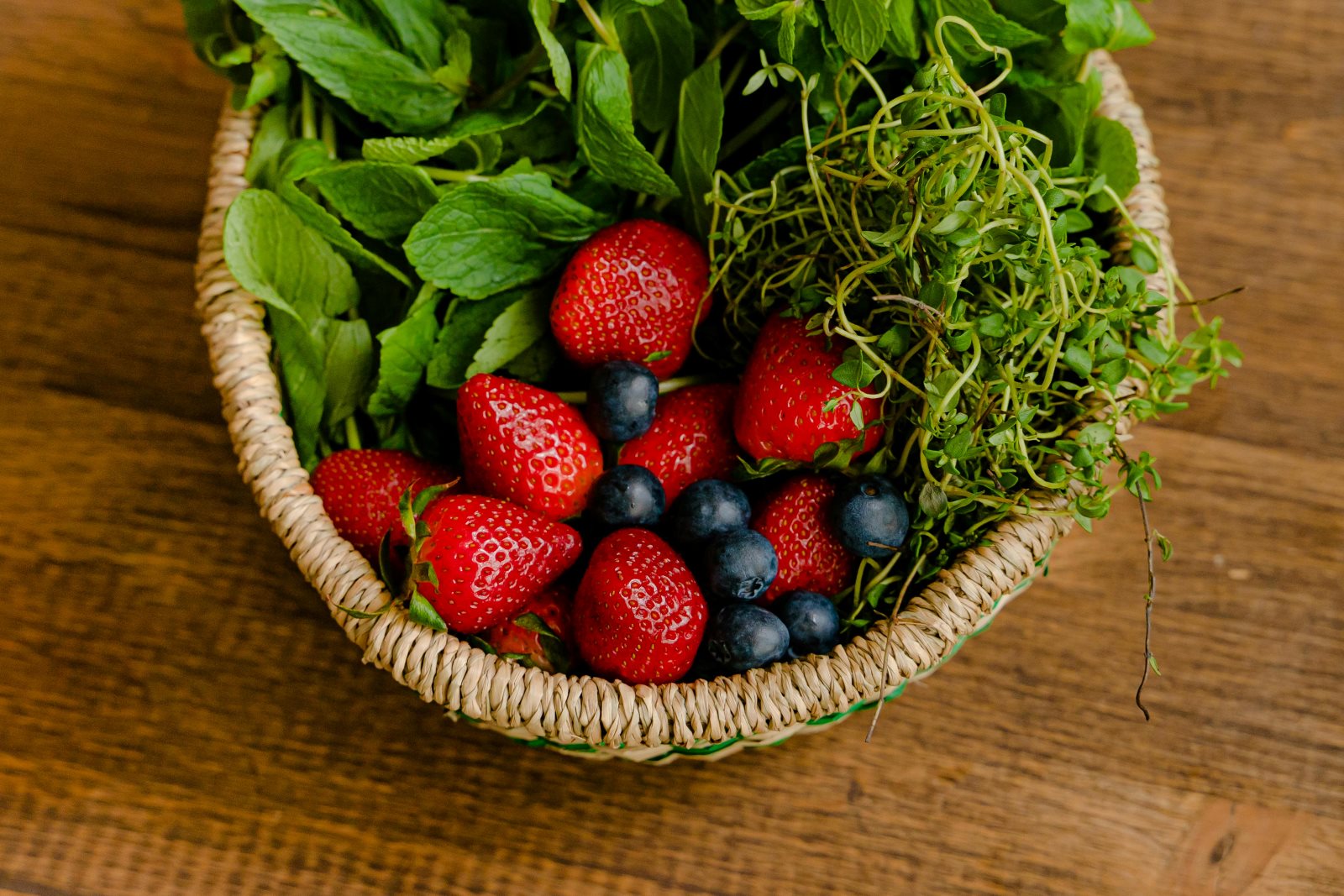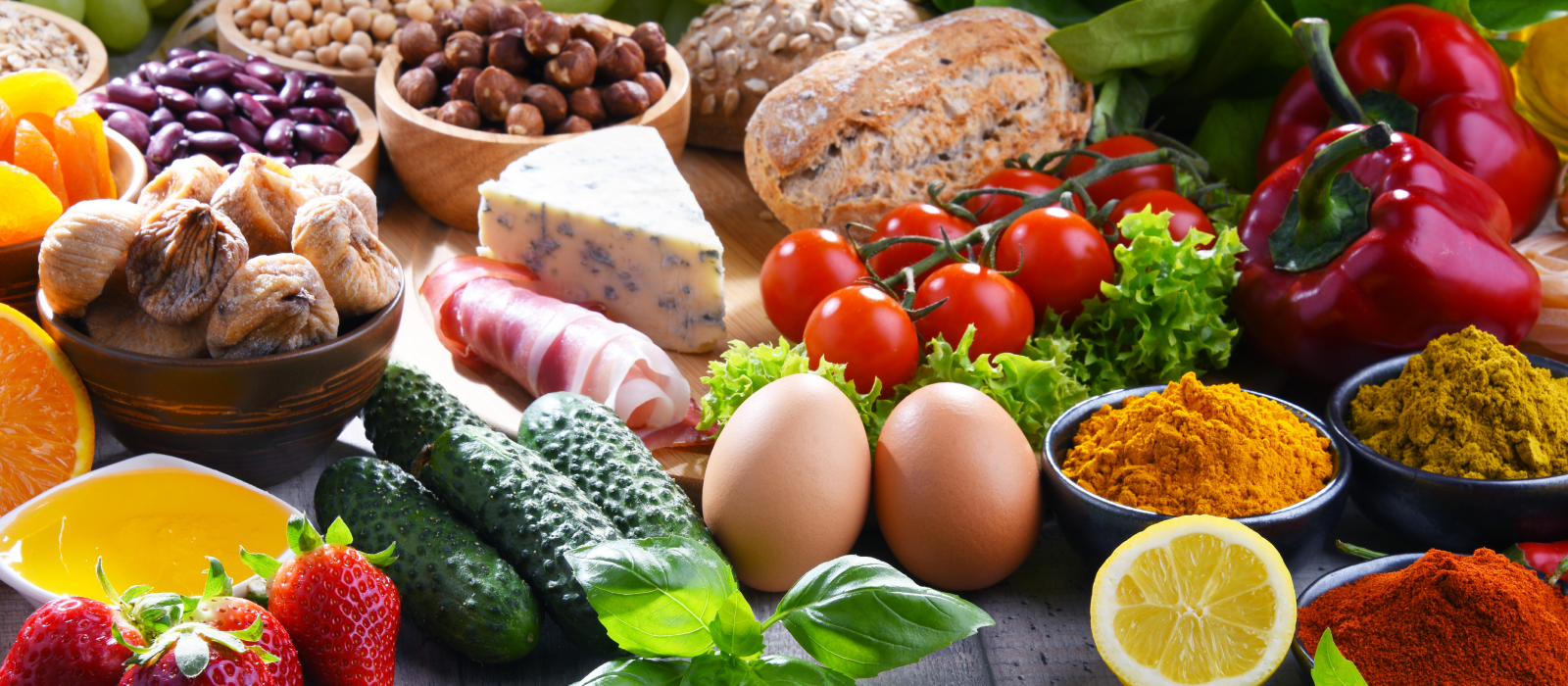
Diabetes Awareness Month: Healthy Lifestyle Tips and Bonus Recipe
Did you know that November is Diabetes Awareness Month? Let’s use this time to focus on prediabetes and preventing diabetes.
Diabetes is a chronic condition that affects how your body turns food into energy. Most of the food you eat is broken down into sugar, or glucose, which is then transported to your body’s cells to be used for energy with the help of insulin. With diabetes, there is either not enough insulin produced or your body can’t use insulin as well as it should. This results in high blood sugar that can lead to health problems over time, like heart disease, vision loss, and kidney disease.
There are three main types of diabetes: type 1, type 2, and gestational diabetes.
- Type 1 diabetes is usually diagnosed at a young age and is likely an autoimmune reaction where the body attacks the cells that produce insulin. Type 1 diabetics have to take insulin several times every day.
- Type 2 diabetics make up about 90-95% of diabetics. This type of diabetes develops over many years and is usually diagnosed in adulthood.
- Gestational diabetes develops in pregnancy in women who were not previously diabetic. It poses a higher risk to the baby and, though it usually goes away upon delivery, it places the woman at higher risk for diabetes later in life.
Prediabetes is a serious health condition where blood sugar levels are higher than normal, but not high enough yet to be diagnosed as type 2 diabetes. According to the CDC, more than 1 in 3 U.S. adults have prediabetes—that’s 88 million people—but the majority of people don’t know they have it.
The good news is that by making small changes to and choosing to live a healthier lifestyle, type 2 diabetes can be prevented and prediabetes can even be reversed.
Try the following healthy lifestyle tips:
- Move more. Try to sit less and get more physical activity. Ideally, you should move 30 minutes, 5 days a week.
- Make healthy food and drink choices.
- Eat more fruits and vegetables. Fill half your plate with colorful fruits and vegetables.
- Limit fried foods and saturated fat (found mostly in animal sources.)
- Reduce intake of added sugars in foods and drinks.
- Watch portion sizes. Try using smaller plates.
- If you are overweight, lose weight and keep it off. Even a modest weight loss of 5-7% of your body weight can help.
Bonus Recipe: Banana Breakfast Cookies
Here’s a healthy, low-sugar dessert recipe you can try.
adapted from erinpalinski.com
Yield: 18 cookies
Ingredients
- 1 large ripe banana, mashed
- 1 egg
- 1 cup oat flour (can grind plain oats in blender or food processor)
- ½ tsp vanilla
- 1 tsp baking powder
- ¼ tsp salt
- ¾ c Greek yogurt, plain
- ½ c dark chocolate chips
Instructions
- Preheat oven to 400 degrees and line a cookie sheet with parchment paper.
- In a large bowl, mash the banana and add in yogurt, mix well.
- Whisk egg and add to banana mixture. Fold in dry ingredients (everything except chocolate chips) and mix well.
- Add in chocolate chips and mix until evenly distributed.
- Scoop dough by the tablespoon onto a lined cookie sheet and bake 15-18 minutes until edges are lightly browned.
- Serve warm or cooled and store leftovers in the refrigerator.
Each cookie has 69 calories, 2 g fat, 9 g total carbohydrate, 3 g protein, and 3 g sugar.
Sources include:
https://www.niddk.nih.gov/health-information/community-health-outreach/national-diabetes-month
https://www.cdc.gov/diabetes/basics/diabetes.html



